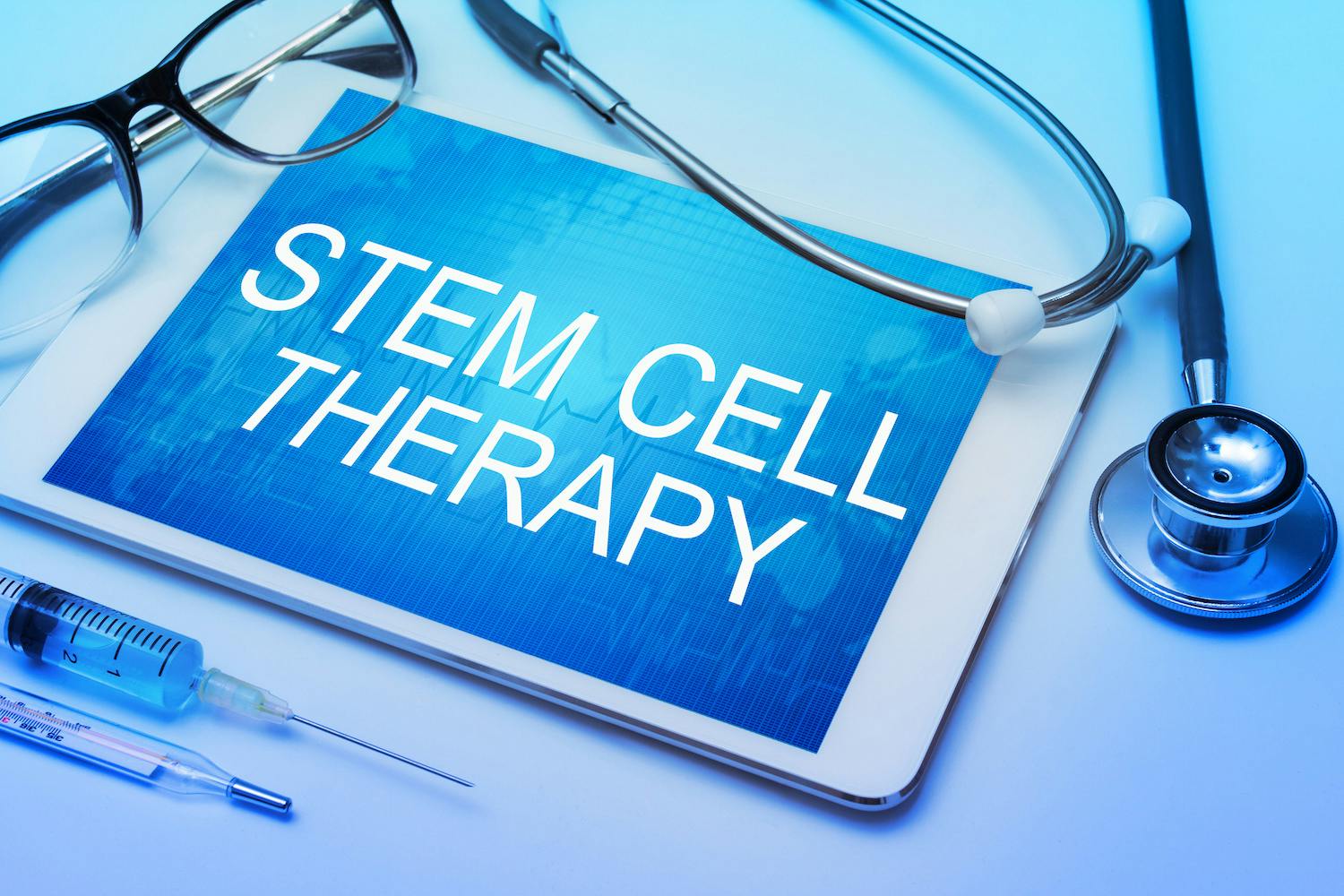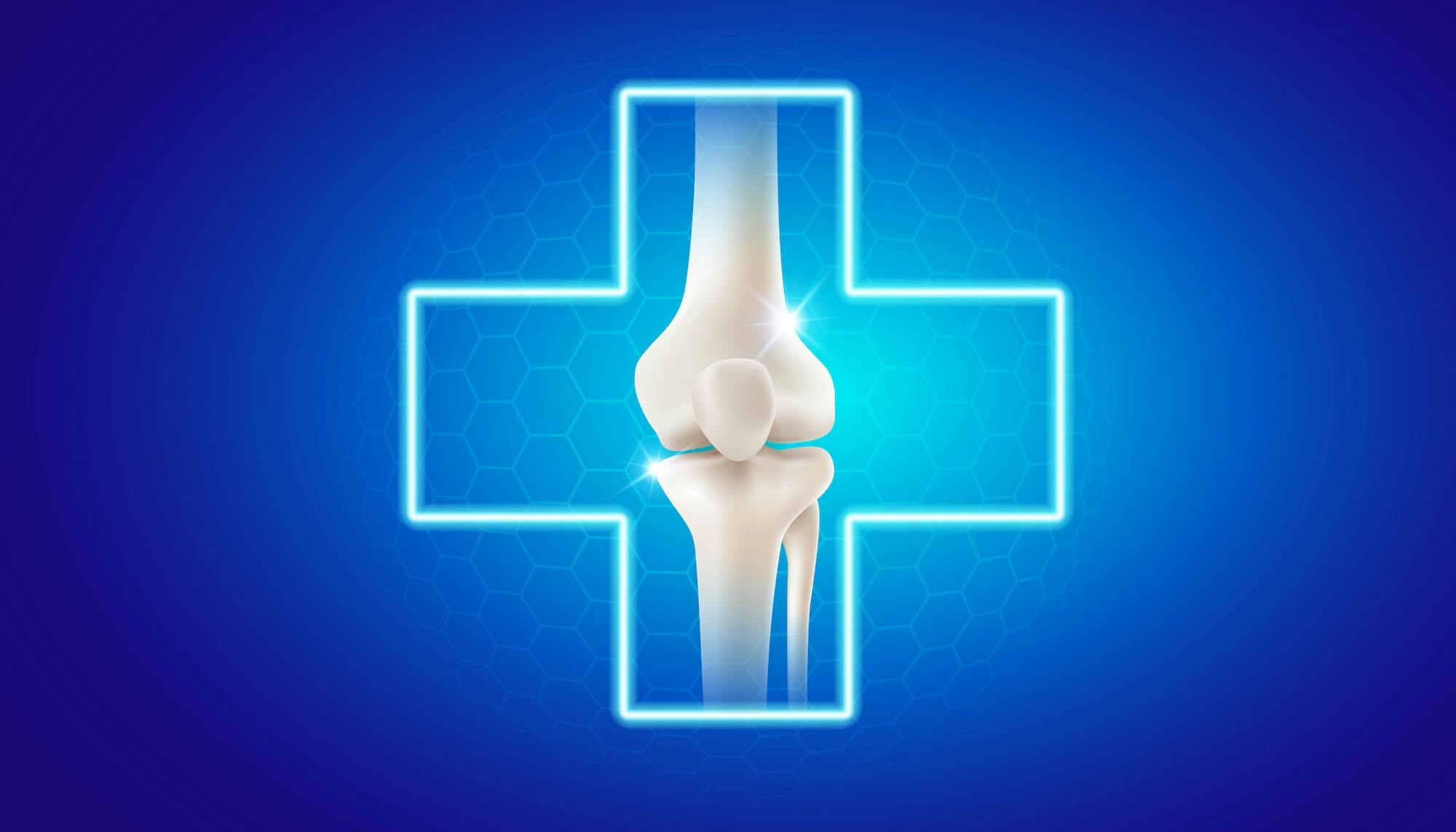- Blog
Stem Cell Therapy
Posted on 04-16-2025 in Stem Cell Therapy by Dr. Joshua Hackel

Posted on 04-16-2025 in Stem Cell Therapy by Dr. Joshua Hackel
What is Stem Cell Therapy?
Stem cell therapy is a still-developing treatment modality that has the potential to harness the power of the body’s own stem cells to promote healing and recovery. Adult stem cells, which are found throughout the body, can be harvested from a patient’s bone marrow or adipose (fat) tissues. These cells have many regenerative and anti-inflammatory properties and possess the unique ability to differentiate themselves, which allows them to “grow” into a wide variety of cell types. For these reasons, many clinicians believe that they may have the ability to treat some common conditions that cause damage to the soft tissues of the body (e.g., torn cartilage, arthritis, etc.).
There is also evidence to suggest that the use of regenerative biologic treatments, including stem cell therapy, has the potential to repair and strengthen damaged tissues throughout the entire musculoskeletal system. There are numerous medical trials and studies underway to better understand if and how these procedures can impact a variety of musculoskeletal problems and orthopaedic injuries. As part of his clinical research efforts, Dr. Josh Hackel helps to determine whether or not these revolutionary procedures, which are designed to help the body overcome common orthopaedic injuries, actually work.
How Stem Cell Therapy Works
Adult stem cells can be found in various tissues throughout the body. In conducting a clinical trial, Dr. Hackel will harvest stem cells from a patient’s bone marrow or adipose (fat) tissue, process them, and then inject the cells under ultrasound guidance, which helps ensure the cells are precisely targeted to the desired location.
While many of the biological mechanisms that allow stem cell therapies to work are still being understood, these cells are unique in that they have the ability to differentiate themselves when introduced to different areas of the body. This ability to differentiate allows a stem cell to develop into a specific type of cell based on the body’s needs. This differentiating effect, coupled with the profound anti-inflammatory properties of stem cells, is believed to lead to pain relief and even the potential resolution of an injury. By differentiating into what is needed at the site of injury, stem cells have the potential to replace diseased or damaged cell structures, as well as recruit other repair cells to the site of injury, leading to long-term recovery.
Benefits of Stem Cell Therapy
Some of the conditions for which Dr. Hackel has tested the efficacy of stem cell therapy include meniscus tears, tendon strains and tears, ligament sprains or tears, patellar tendonitis (jumper’s knee), joint arthritis, and overuse injuries. Stem cell therapy has the potential to help control pain levels and promote overall healing by regenerating orthopaedic tissues like muscle, bone, tendons, ligaments, and cartilage.
This tissue regeneration leads to healing by allowing diseased or damaged tissue to be replaced by healthy tissue that effectively performs its essential functions. One of the biggest advantages of stem cell therapy is that it is minimally invasive and leads to far fewer complications than traditional surgical techniques.
The History of Stem Cell Therapy and Future Uses
While stem cell therapy might sound futuristic, the science and research around this treatment have actually been around for a very long time. Like all nascent medical treatments, stem cell therapy started out as an idea in a laboratory, where the biological underpinnings of the treatment were tested and proven by scientists.
There are now a number of studies being conducted around the world and at the Andrews Research and Education Foundation to determine the safety and efficacy of the clinical applications of regenerative medicine, in disciplines ranging from orthopaedics to oncology. It is not an exaggeration to say that the future of stem cell therapies in orthopaedics and beyond is potentially limitless. As studies and clinical trials continue to be conducted and analyzed, clinicians around the world will be on alert to incorporate these treatment modalities into their practices."
Visit our YouTube page for more from Dr. Hackel about Stem Cell Therapy.
Learn more about Dr. Josh Hackel or complete our online appointment request form to book a visit with him and discuss the benefits of stem cell therapies.

March is National Nutrition Month®, and as part of the conversation, the North Florida Bone & Joint team wants to emphasize the impact diet can have on your bone health. Before diving in, it's essential to understand the role the skeleton plays in your body. Specifically, the skeleton—and the bones its comprised of—serve the following functions:

At North Florida Bone & Joint Specialists, we’re committed to delivering convenient, expert care throughout the Gulf Coast. As part of that commitment, we’re excited to announce the expansion of our clinical office footprint. In March, we opened two new locations in Milton and Navarre, FL, further enhancing our ability to serve patients across Northwest Florida.

Valentine’s Day is all about love—so why not show your joints some love, too? Whether you’re an athlete, an active adult, or simply looking to maintain mobility as you age, taking care of your joints is essential for long-term health and well-being. At North Florida Bone & Joint Specialists, we believe that self-care isn’t just about relaxation—it’s about making intentional choices to keep your body strong, pain-free, and resilient. Here are four self-care tips to keep your joints healthy and moving with ease: